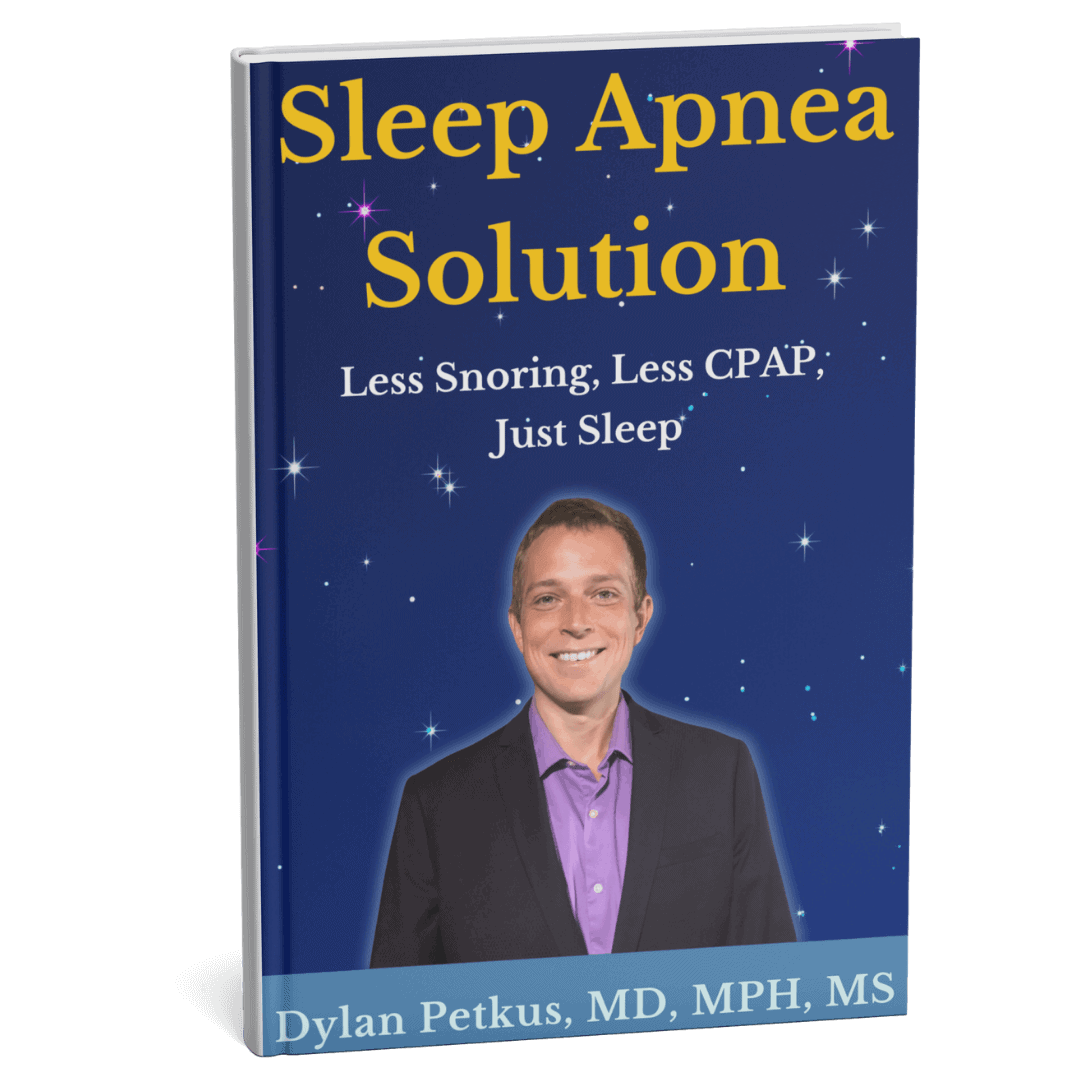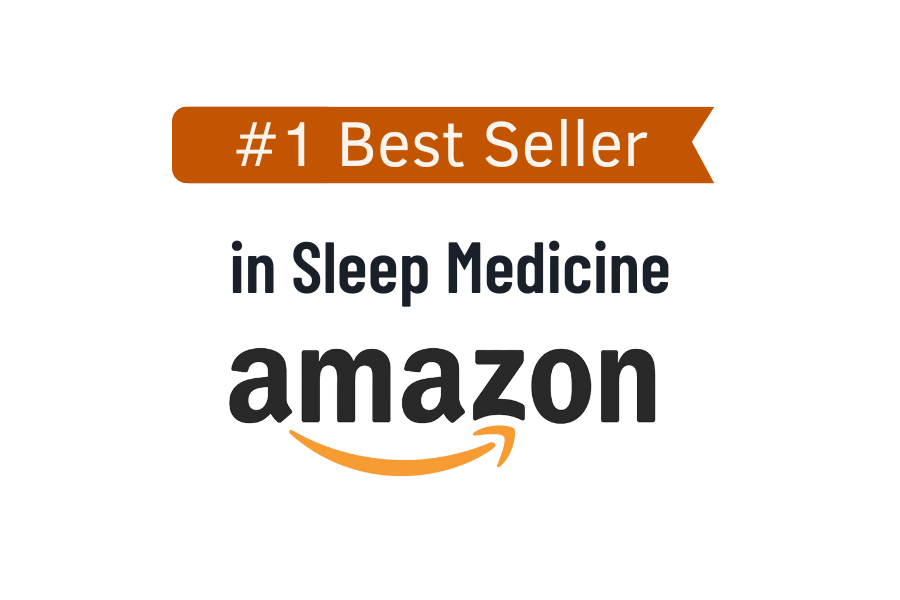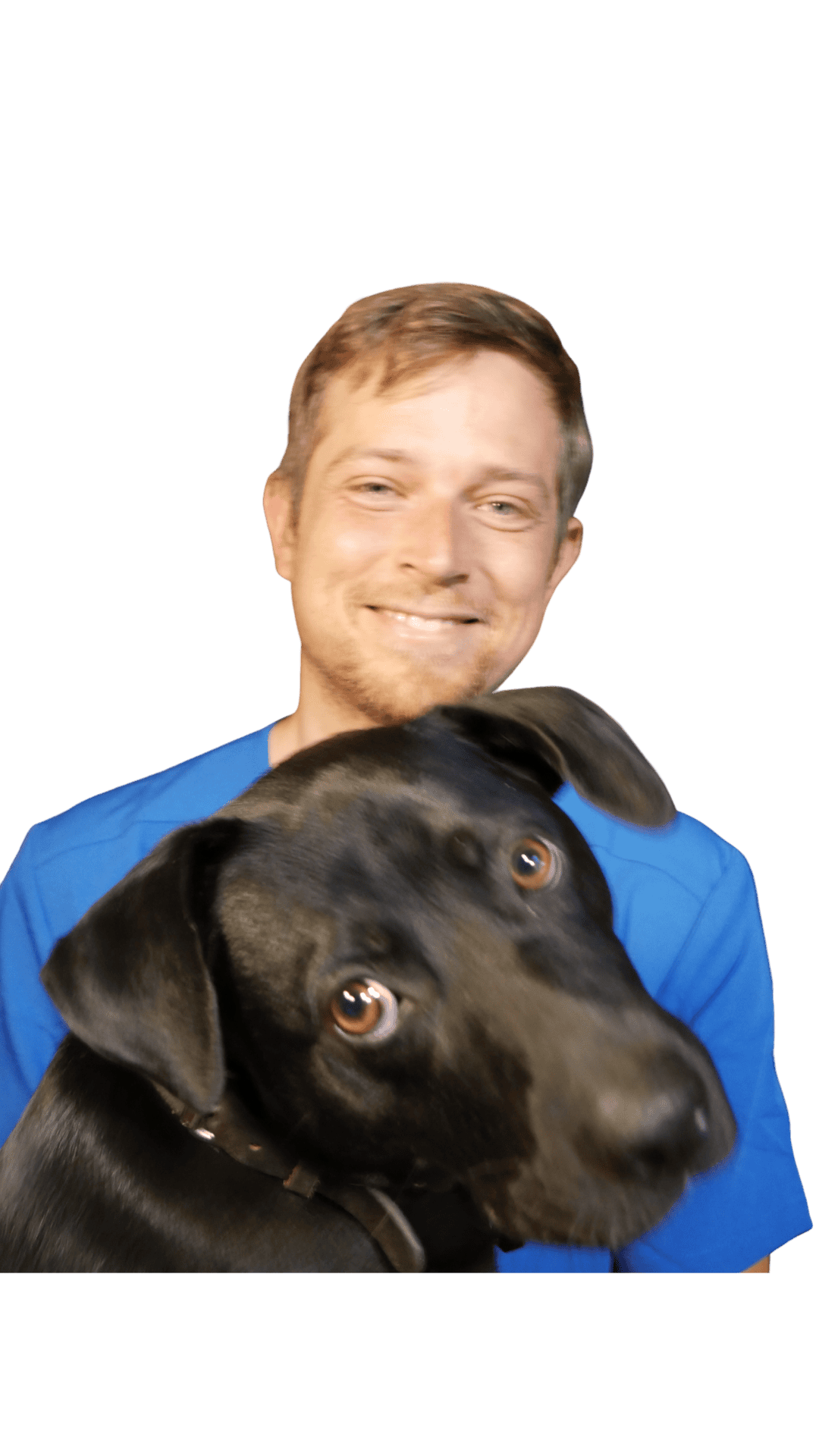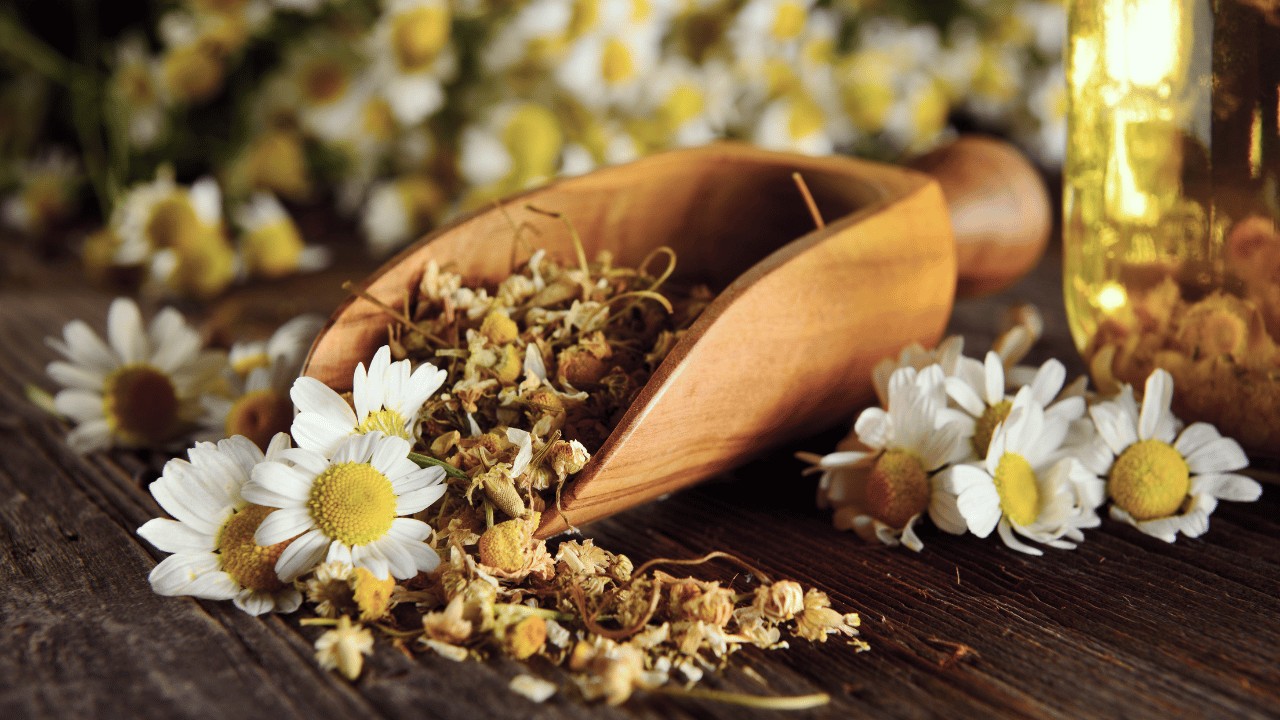
Sleep apnea could have heavy implications on your cardiovascular health, mental well-being, and overall quality of life. Fortunately, several approaches for sleep apnea could help you overcome its symptoms.
These approaches include sleep apnea natural remedies that promote good sleep habits–such as drinking chamomile tea. Chamomile can be effective for sleep apnea because it contains apigenin, which causes a calming effect. It’s an antioxidant that binds certain receptors in the brain, aiding in sleepiness and reducing insomnia.
What Is Chamomile?
Chamomile is an herb that contains many organic compounds–called ‘terpenoids’ and ‘flavonoids’–that contribute to its medicinal properties. It’s one of the oldest medicinal herbs out there, primarily used to address ailments related to sleep, anxiety, and gastrointestinal issues.
Chamomile comes in two common varieties: German chamomile and Roman chamomile. The former is more common and is what’s often used in herbal medicine.
How Does Chamomile Work for Sleep?
Chamomile works for sleep apnea due to the terpenoids and flavonoids in its dried flowers. The flavonoid apigenin is what allows the chamomile to act as a sedative to help with sleep problems. Apigenin binds to certain receptors in the brain, which helps someone consuming chamomile feel sleepy.
This becomes even more productive when it’s boosted with other remedies such as eucalyptus oil designed for sleep apnea. That said, further clinical trials need to be done to conclude its effectiveness.
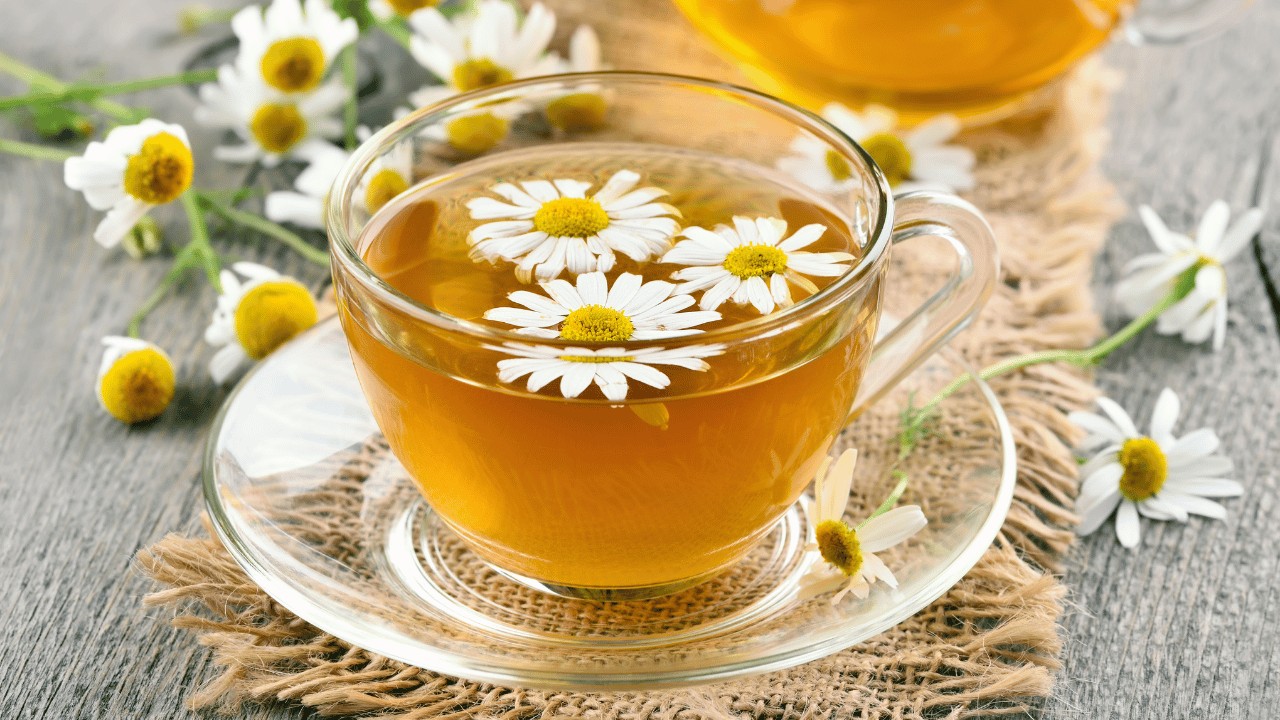
How to Consume Chamomile for Sleep Apnea
You can consume chamomile for sleep apnea in multiple ways. However, the most popular method is drinking herbal tea before you go to bed. To make chamomile tea, simply steep a chamomile tea bag in about eight ounces of hot water for five to ten minutes–or for however long the package says.
If you’re using dried chamomile flowers for your tea, place them in a tea infuser or tea ball before steeping. You can add honey or lemon juice to give your tea more flavor. Enjoy your drink once it’s cooled down to a drinkable temperature.
Some people take chamomile through capsules. Dosages vary, ranging from 250 to more than 1,000 milligrams per capsule. It’s best to consult your doctor and follow the directions on the product label to know how much to take. Swallow the capsule and take a large drink of water before bed for the best effects.
Other popular ways to consume chamomile are by applying it as a chamomile oil topical medicine or as a massage oil, using it in a diffuser or inhaler for aromatherapy, or by placing it in a hot bath as a bath bomb, soap, or salts.
Chamomile can also be eaten, but it’s mostly used for mild flavoring. It can be added to soups, pastries, jams, desserts, cocktails, and sauces. You can also use it as a decorative garnish.
Find Out How to Enhance Natural Sleep
Dealing with sleep apnea doesn’t have to be complicated, nor does it need to involve expensive medicines. Get our Sleep Apnea Solution book for only $7 to find out how you can boost natural breathing at night!
Our e-book comes with guided breathing audio tracks to help you promote easy nighttime breathing. Learn more about our natural approach to handling sleep apnea, including breathing therapy for sleep apnea, today!

